Disclosure: This article contains affiliate links. We may earn a commission from purchases at no extra cost to you, which helps our travel content.
The wind whispers stories here. That's the first thing you notice about Wellington—how the gusts from Cook Strait sweep through the harbor city, carrying salt and secrets between its compact hills and colorful neighborhoods. As someone who has documented landscapes from the Scottish Highlands to Jamaica's Blue Mountains, I find Wellington's dramatic topography familiar yet utterly distinctive. The way this city wraps itself around the harbor reminds me of how my father would trace coastlines on maps during my childhood, pointing out how human settlements always find their way to these liminal spaces between land and sea. Wellington exemplifies this perfectly—a creative capital nestled between steep hills and deep waters, best explored at a deliberate pace, one footstep at a time. After spending countless hours editing travel narratives about New Zealand for publication, I finally made my own journey to experience firsthand what writers have been trying to capture for years. What I discovered was a walkable urban gem that offers cultural richness without the price tag many capital cities demand.
The Waterfront Wander: Where City Meets Sea
Wellington's relationship with water feels almost literary—like a character whose identity is inextricably linked to the harbor that shaped it. Begin your exploration at Oriental Bay, the city's golden-sand urban beach, where locals bask in rare windless moments. The wide promenade offers an accessible starting point, with clear pathway markers that would please even the most meticulous editor.
As you follow the curve of the harbor northward, the waterfront transforms from recreational space to working port to cultural precinct with the seamlessness of a well-crafted narrative arc. Pass the imposing Te Papa Tongarewa (Museum of New Zealand)—a cultural repository worth at least half a day of your time, especially the powerful Gallipoli exhibition designed by Weta Workshop.
Continue along the Writers Walk, where concrete sculptures display quotes from New Zealand's literary giants. As someone who's spent decades surrounded by words, I found myself lingering here, running my fingers across the embedded text like a proofreader searching for hidden meaning. The harbor itself becomes a character in these excerpts—sometimes benevolent, often temperamental.
The walkway leads to the quirky, repurposed shipping containers of Kumutoto Precinct, where design-forward public spaces and eateries have transformed the former industrial zone. Stop for coffee at one of the harbourside cafés—New Zealanders take their coffee seriously, and even the smallest establishments often serve brews that would satisfy the most discerning Toronto barista.
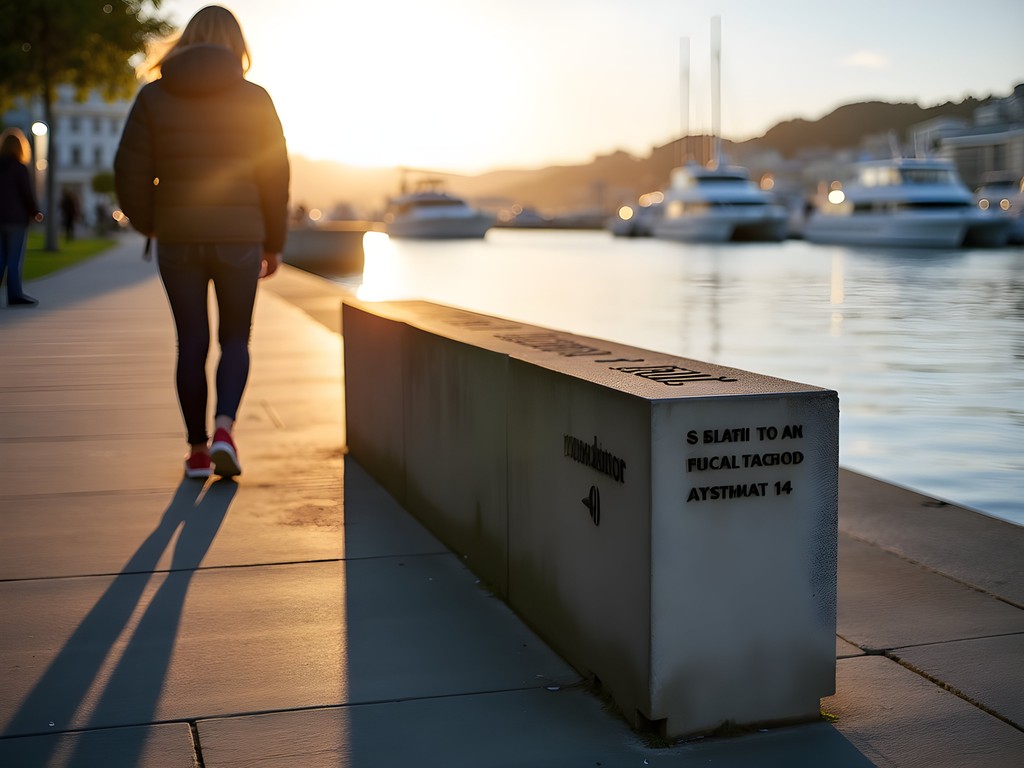
💡 Pro Tips
- Visit Oriental Bay at sunset when the harbor lights begin to twinkle
- The waterfront path is fully accessible and perfect for all mobility levels
- Bring a windproof jacket—Wellington's infamous gusts can appear without warning
Cuba Street: The Bohemian Heartbeat
If Wellington's waterfront represents its connection to the natural world, then Cuba Street embodies its creative soul. This pedestrian-friendly thoroughfare feels like the city's manuscript margin—the place where all the interesting notes and doodles accumulate. Walking its length, I was reminded of Toronto's Kensington Market, though with a distinctly Kiwi flavor.
Start at the iconic Bucket Fountain, a kinetic water sculpture whose unpredictable splashes seem to perfectly encapsulate Wellington's playful spirit. The fountain has been malfunctioning in the most charming way since 1969, occasionally dousing unsuspecting pedestrians—a baptism into Wellington's quirky character.
The street is a paradise for those seeking urban exploration on a budget. Vintage shops like Hunters & Collectors and Ziggurat offer carefully curated collections that would make any costume editor swoon. I spent an hour thumbing through vinyl at Slow Boat Records, where the staff's encyclopedic knowledge rivals any music publication's editorial team.
Food options abound for every budget. From the simple pleasures of Midnight Espresso (open until the wee hours) to the more refined offerings at Logan Brown (housed in a former banking chamber), Cuba Street feeds both body and imagination. I recommend bringing a pocket notebook to jot down observations and recommendations from locals—Wellington residents are generous with their insider knowledge if you express genuine interest in their city.
Don't rush this walk. Cuba Street rewards the meandering explorer. Duck into side alleys to discover street art that changes regularly, creating an ever-evolving urban canvas. The buildings themselves tell stories of architectural adaptation, with Victorian facades housing thoroughly modern enterprises.

💡 Pro Tips
- Visit on a Friday evening when street performers add to the carnival atmosphere
- Look up as you walk—some of the best architectural details and street art are above eye level
- Many shops open late on weekends, making this an excellent evening exploration option
The Steep Streets: Wellington's Vertical Narrative
Wellington has been described as "San Francisco without the money," and nowhere is this more evident than in its vertiginous residential streets. These inclines tell the story of a city that refused to be constrained by its challenging topography. For the urban explorer seeking authentic Wellington, these steep pathways offer glimpses into local life far from tourist routes.
Begin at the historic Wellington Cable Car on Lambton Quay. This funicular has been editing the city's vertical distance since 1902, providing a narrative shortcut between the business district and hilltop suburbs. At the top, the Cable Car Museum offers context for this transport solution in a compact, well-curated space that doesn't demand hours of your time.
From here, wander through the enchanting Botanic Garden, following paths that wind downhill through native and exotic plantings. The garden reads like a botanical anthology, with collections representing different global ecosystems arranged with both aesthetic and scientific consideration.
For those seeking more challenging urban hiking, the Southern Walkway offers dramatic perspectives of the city and harbor. Starting from Oriental Bay, this well-marked trail climbs residential streets and bush tracks to Mount Victoria Lookout. I tackled this on my second morning, setting out early with my travel binoculars to catch glimpses of native birds and watch the InterIslander ferry navigate the harbor entrance.
Wellington's residential architecture deserves attention during these climbs. The city's wooden houses cling to hillsides in seemingly impossible arrangements, their weatherboard facades and corrugated iron roofs creating a distinctly New Zealand vernacular. Many homes feature unexpected architectural flourishes—evidence of the creative spirit that permeates the city at every level.
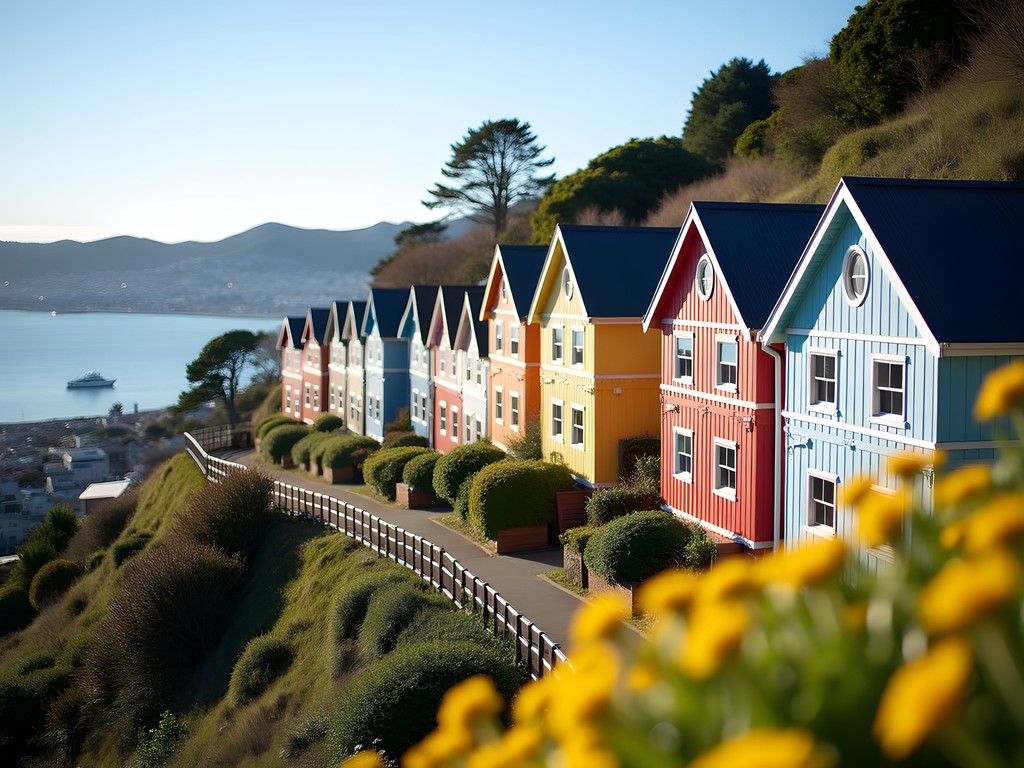
💡 Pro Tips
- Purchase a day pass for public transport to save your legs on the return journey
- The free WellingtonNZ app offers excellent walking maps with elevation information
- Carry water and wear layers—weather changes rapidly as you climb
Te Aro: From Industrial Past to Creative Present
Like many post-industrial urban areas I've documented, Wellington's Te Aro district represents a compelling story of adaptation and reuse. This former warehouse precinct has undergone a thoughtful editing process, preserving architectural elements while repurposing spaces for contemporary creative use.
Begin your exploration at Hannah's Laneway, a microcosm of Wellington's artisanal renaissance. This once-neglected service alley now houses craft chocolate makers, peanut butter producers, and artisanal soda creators. The adaptive reuse of these industrial spaces reminds me of Toronto's Distillery District, though on a more intimate scale.
Follow Tory Street southward to experience Te Aro's evolution from industrial functionality to creative hub. The former Hannah's Factory building—once New Zealand's largest shoe factory—now houses apartments and creative enterprises, its brick facade maintaining a visual connection to the area's manufacturing past.
Art galleries like {Suite} and Bartley & Company showcase contemporary New Zealand artists in spaces that honor their industrial origins. The juxtaposition of rough concrete floors with carefully curated exhibitions creates a compelling visual dialogue between past and present.
For those interested in urban sustainability, the community gardens tucked between buildings offer examples of how cities can incorporate green spaces into dense urban environments. I spent a peaceful half-hour watching locals tend their plots, the scene reminding me of similar initiatives in post-industrial Detroit.
End your Te Aro exploration at Golding's Free Dive, a neighborhood bar with an ever-changing craft beer selection. The eclectic interior—part industrial relic, part carefully curated kitsch—provides the perfect setting to document your observations in your travel journal while sampling local brews.

💡 Pro Tips
- Visit Hannah's Laneway around lunchtime when all the artisanal food producers are open
- Many galleries are closed Mondays; plan accordingly
- Look for ghost signs—faded advertisements painted on brick buildings—that hint at the area's commercial past
Literary Wellington: A Bibliophile's Walking Tour
As someone who's spent decades immersed in publishing, Wellington's literary connections resonated deeply with me. The compact city center offers a self-guided literary walking tour that connects past and present wordsmiths who have found inspiration in this windswept harbor.
Begin at Unity Books on Willis Street, an independent bookstore that has survived and thrived in the age of digital reading. The carefully curated New Zealand section offers works you're unlikely to find elsewhere, including small press publications that rarely cross international borders. The knowledgeable staff provided recommendations that became my evening reading throughout my stay.
A short walk brings you to the former site of Barrett's Hotel on Customhouse Quay, where American author Herman Melville stayed in 1841 while aboard a whaling ship. Though the original building is gone, a small plaque marks this literary connection. Standing here, watching modern vessels navigate the same harbor that Melville observed, creates a powerful sense of temporal connection.
The National Library on Molesworth Street houses the He Tohu exhibition, where you can view three founding documents of New Zealand, including the 1840 Treaty of Waitangi. For someone who appreciates the power of words to shape nations, this respectful display of textual artifacts proves deeply moving.
End your literary pilgrimage at Meow café on Edward Street, a popular gathering spot for the city's contemporary writers and artists. The walls feature rotating exhibitions by local visual artists, while the events calendar includes poetry readings and book launches. I spent a contemplative hour here with my e-reader loaded with newly discovered New Zealand authors, the perfect technology for a traveling bibliophile with limited luggage space.
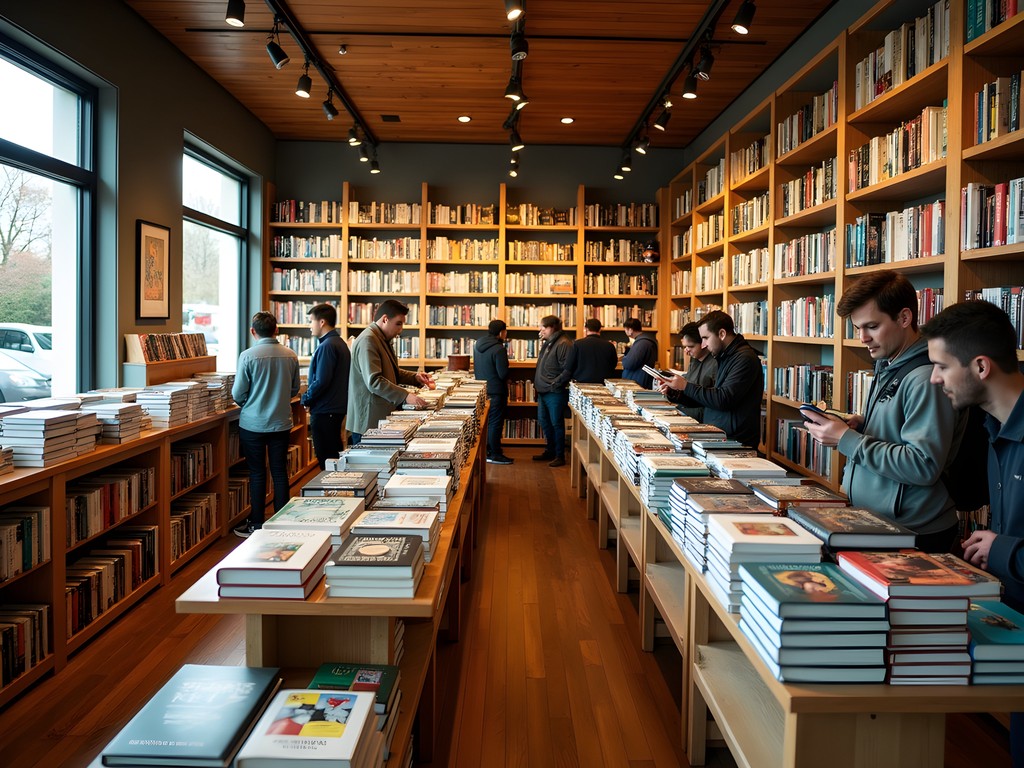
💡 Pro Tips
- Check the library's website for free lunchtime talks by authors and scholars
- Unity Books hosts regular evening book launches that visitors are welcome to attend
- The Writers Walk along the waterfront is best experienced at low tide when all text sculptures are visible
Final Thoughts
Wellington reveals itself gradually to those willing to explore on foot, much like a well-crafted story unfolds for the patient reader. In just a weekend, I found myself developing a relationship with this compact capital that feels surprisingly intimate. The city's dramatic setting—hills embracing harbor—creates a natural amphitheater where cultural and natural histories intertwine visibly. What strikes me most is Wellington's authenticity; it doesn't perform for tourists but rather invites visitors to participate in its everyday creative life. As cities worldwide struggle with homogenization, Wellington maintains a distinct sense of place worth documenting and preserving. I'll return, perhaps in another season, to continue editing my understanding of this remarkable urban narrative. Until then, I encourage you to create your own Wellington story, one step at a time.
✨ Key Takeaways
- Wellington's compact size makes it ideal for walking exploration, even with just a weekend to spare
- The city offers cultural richness and creative energy without the high prices of many capital cities
- Self-guided walks provide flexibility to discover the city at your own pace while connecting with locals
- The intersection of dramatic natural setting and vibrant urban culture creates a unique exploration experience
📋 Practical Information
Best Time to Visit
October-November (spring) offers mild temperatures and fewer tourists
Budget Estimate
$100-150 USD per day for couples (accommodation, food, activities)
Recommended Duration
2-3 days minimum
Difficulty Level
Easy To Moderate (Some Steep Streets)



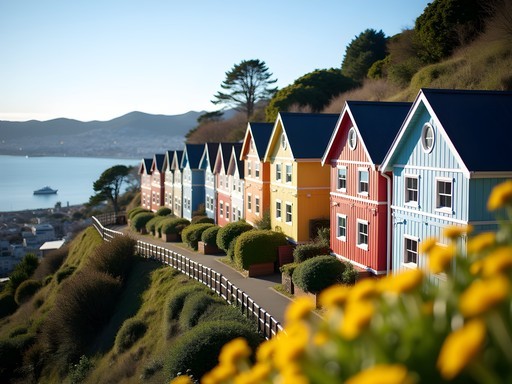

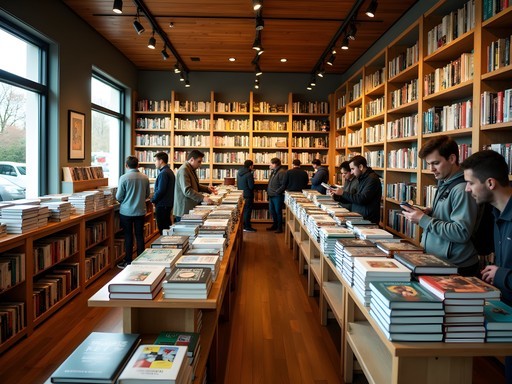



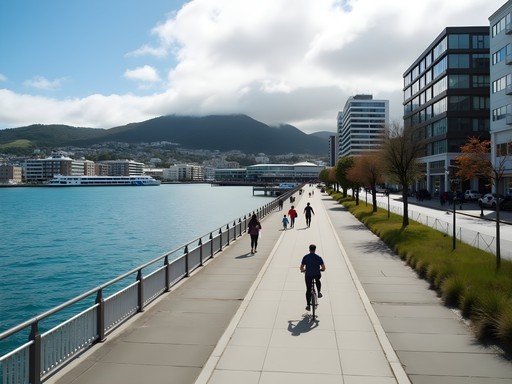
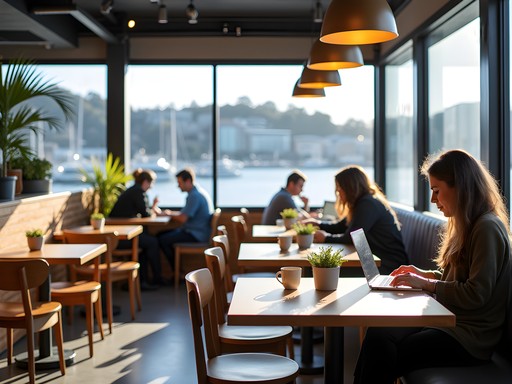
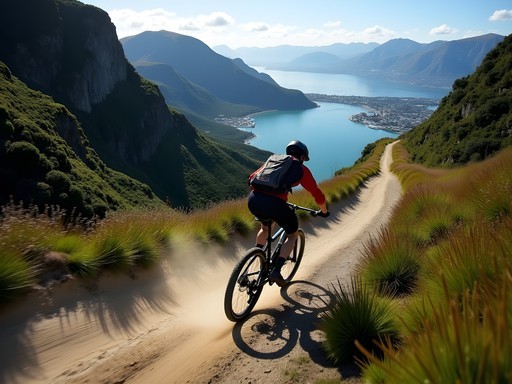

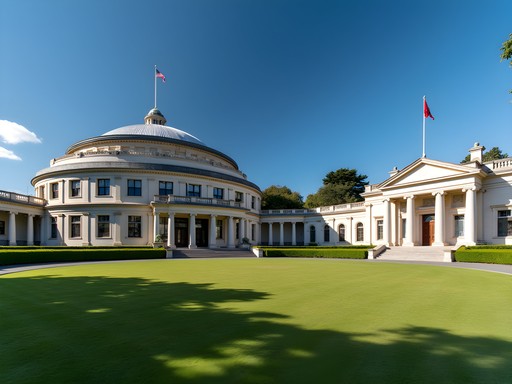
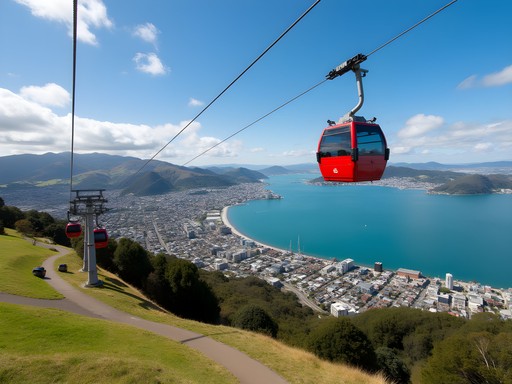
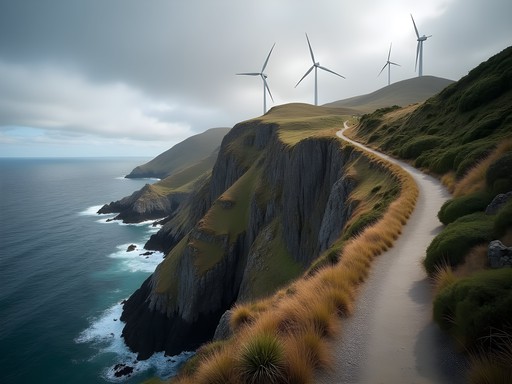
Comments
starchamp
Love this! Heading to Wellington next month!
beachmate
You'll have a blast! Make sure to check out Havana Bar on Cuba St if you like good cocktails!
starchamp
Thanks for the tip! Adding it to my list.
Frank Garcia
Brilliant post on Wellington's walkability! When I backpacked through NZ last year, I spent a week in Wellington and found the compact nature of the city perfect for exploration. The vertical element Leah mentions is crucial to understand - I tracked over 30,000 steps one day just wandering between neighborhoods! For anyone planning a visit, I'd add that the walk up to Mount Victoria lookout offers the best panoramic views and is worth the climb. Also, don't miss the hidden alleyways between Cuba Street and Courtenay Place - they're filled with amazing street art that changes regularly. My Lonely Planet New Zealand had a decent walking map, but this blog post captures the soul of each neighborhood much better.
starchamp
Is Mt Victoria doable for someone not super fit?
Frank Garcia
Absolutely! There are multiple paths up - some steeper than others. If you take it slow on the zigzag path from Courtenay Place, it's manageable. Great benches along the way to rest too!
beachmate
Just got back from Wellington last month and this post is SPOT ON! Those hills are no joke - my calves were burning after day 2! The Cuba Street section was my favorite part of the city though - spent hours just people-watching and popping into those quirky shops. That bucket fountain is hypnotic once you sit down with a coffee nearby. Did anyone else find the wind as intense as they say? I swear I almost got blown over near the waterfront!
Frank Garcia
The Wellington wind is legendary! I was there during winter and actually had to buy a stronger jacket. They don't call it 'Windy Welly' for nothing!
beachmate
Glad it wasn't just me! I should've packed better - ended up buying a beanie from one of those shops on Cuba Street just to keep my hair from going crazy in the wind!
travel_with_kids
Would these walks be doable with a 5-year-old? Or too much climbing?
Leah Clark
The waterfront walk is perfect for kids - flat, lots to see, and playgrounds along the way. Cuba Street is also manageable. I'd skip the steep streets section though, or take the cable car up and walk down instead!
kiwi_explorer
If you're doing the waterfront walk, time it for Sunday morning when the harbor market is on! Great local food and crafts to break up the walk.
photoninja
Thanks for the tip! Do you know what time it starts?
kiwi_explorer
Starts around 7:30am, but the best stuff is there before 11am. Get the Dutch pancakes if they're available!
Oliver Duncan
As a Kiwi who visits Wellington monthly for work, I can vouch for all these routes! One thing I'd add - the weather in Welly can change in minutes, so even if it looks sunny, always pack a light raincoat. The Waterfront Wander is my Sunday ritual whenever I'm in town - starting with coffee at Prefab, then walking all the way around to Oriental Bay. If you're there on a Sunday, the Underground Market at the waterfront is worth checking out too. And don't miss Hannah's Laneway for some of the best chocolate, peanut butter, and pizza you'll find anywhere in NZ. Leah's right about the city being compact - I've walked from Lambton Quay to Mount Victoria lookout in under an hour (though my legs weren't happy about it!).
travelmood
That Mt Victoria climb is brutal but those views!!! 😍
windycity_wanderer
Love this! Wellington stole my heart last year. Those hills are no joke though!
springseeker
Anyone done the Te Aro walk recently? Is that vintage store on Garrett Street still there?
Oliver Duncan
If you mean Hunters & Collectors, then yes! Still going strong as of last month when I was there. The whole Te Aro area keeps evolving though - seems like there's always a new cafe or shop popping up.
Frank Garcia
Brilliant breakdown of Wellington's walkability! I spent 3 weeks there last year and the vertical nature of the city really does tell its own story. Those steep streets between Te Aro and Kelburn gave me quite the workout but the views were worth every step. I'd add that the cable car is worth taking up and then walking down through the Botanic Gardens - gives you both the iconic Wellington experience and a gentler descent. The city's compact nature makes it perfect for these self-guided explorations. I tracked my walking and averaged 18,000 steps daily without even trying! Did you find any hidden cafes worth mentioning? I became slightly addicted to Flight Coffee Hangar while I was there.
Leah Clark
Thanks Frank! Great suggestion about the cable car - definitely a classic Wellington experience. For cafes, I loved Customs on Ghuznee St and Prefab on Jessie St. Both have that perfect Wellington coffee culture vibe!
Frank Garcia
Ah, Customs! How could I forget? Their filter coffee rotation was exceptional. I used my pocket guidebook to find most places, but the locals' recommendations always led to the best discoveries.
photoninja
This is exactly what I needed! Heading to Wellington next month and prefer walking over tours. How bad is the wind really? Should I pack anything specific?
Leah Clark
The wind can be pretty intense! Definitely bring a windproof jacket and maybe a hat that won't blow away. The locals joke that you can tell tourists by how often they chase their hats down the street!
photoninja
Haha, thanks for the warning! Don't want to be that tourist. Any specific spots on Cuba Street I shouldn't miss?
Leah Clark
Definitely check out Midnight Espresso for coffee (open super late), browse the vintage shops like Hunters & Collectors, and catch the bucket fountain in action - it's an iconic Wellington experience!
Venture X
Premium card with 2X miles, $300 travel credit, Priority Pass